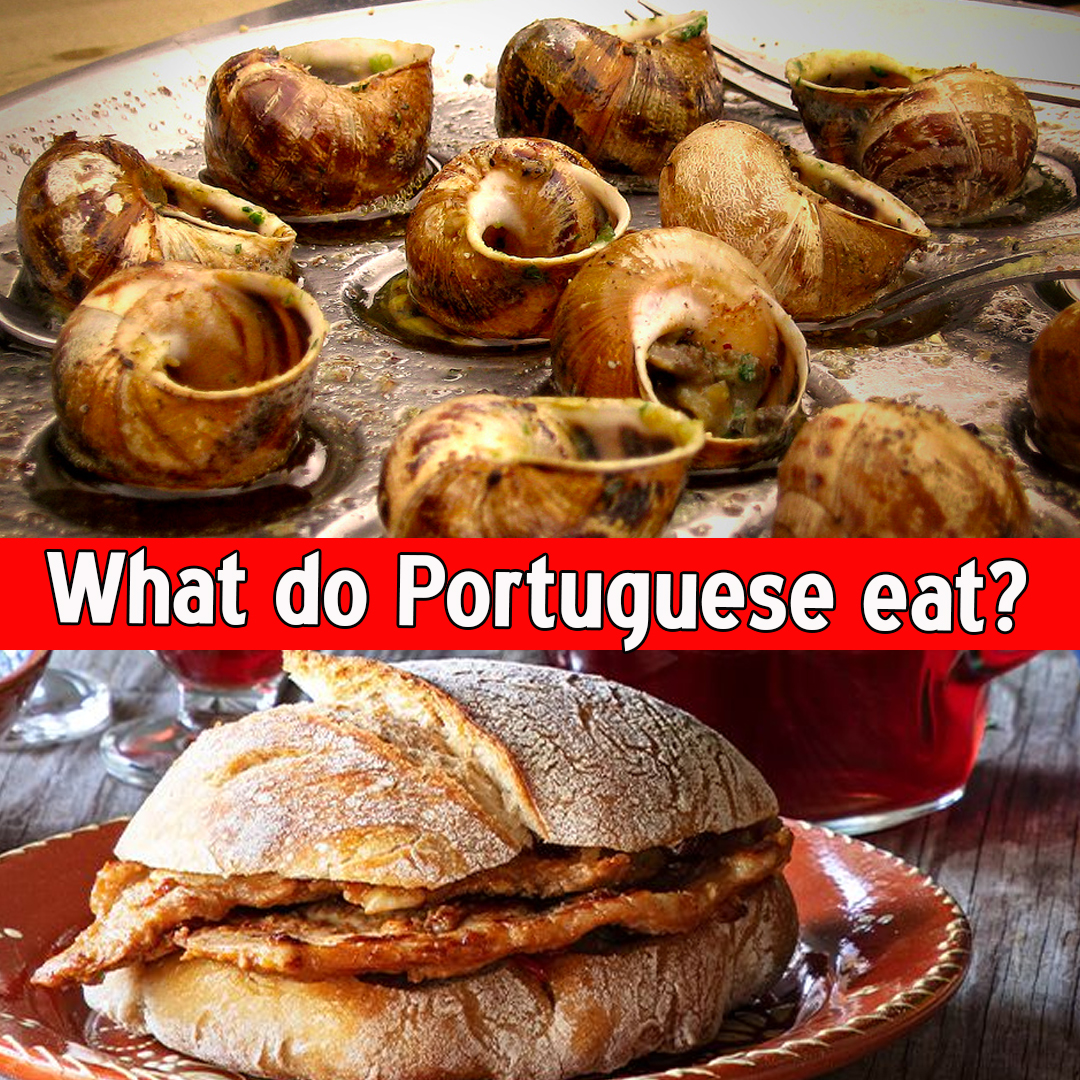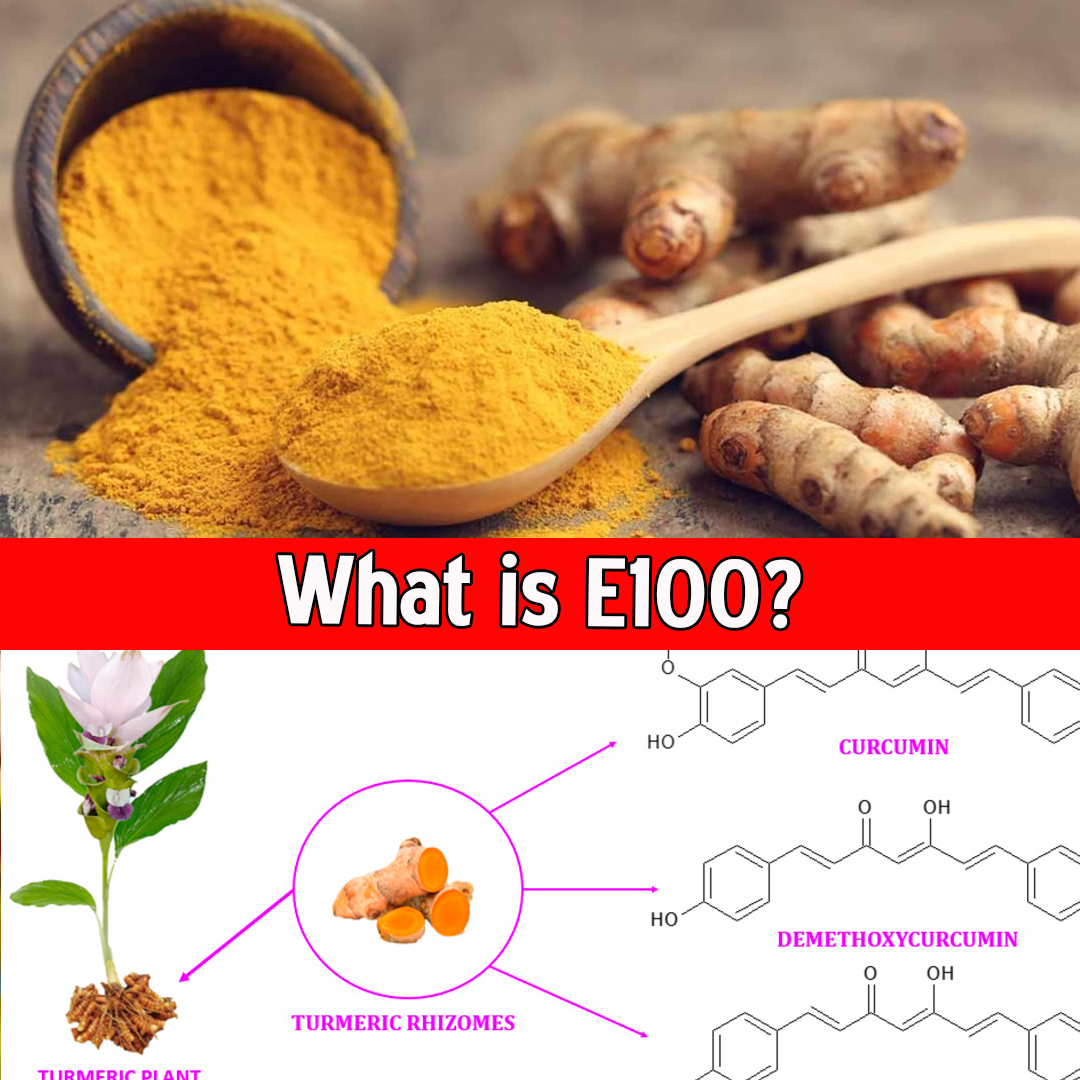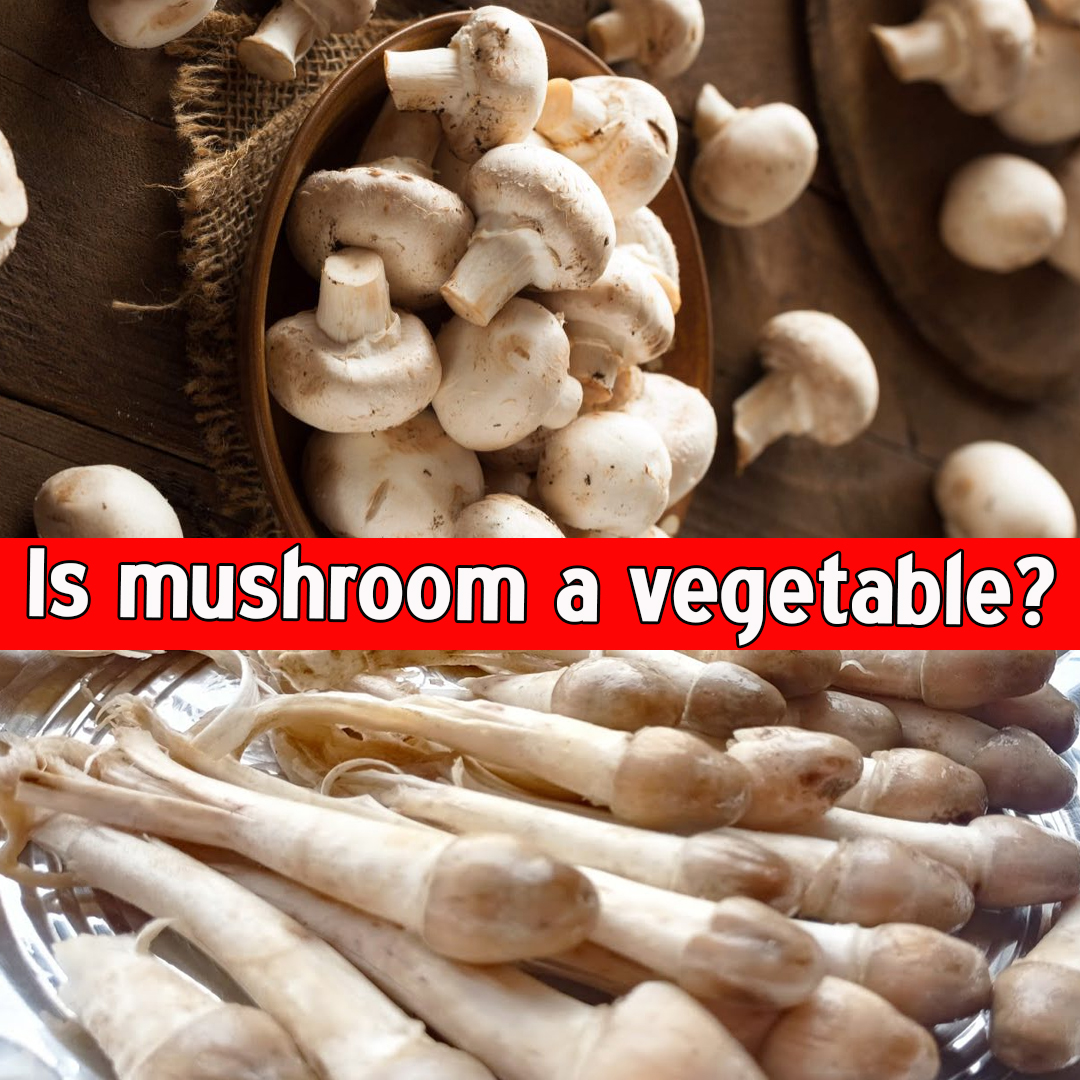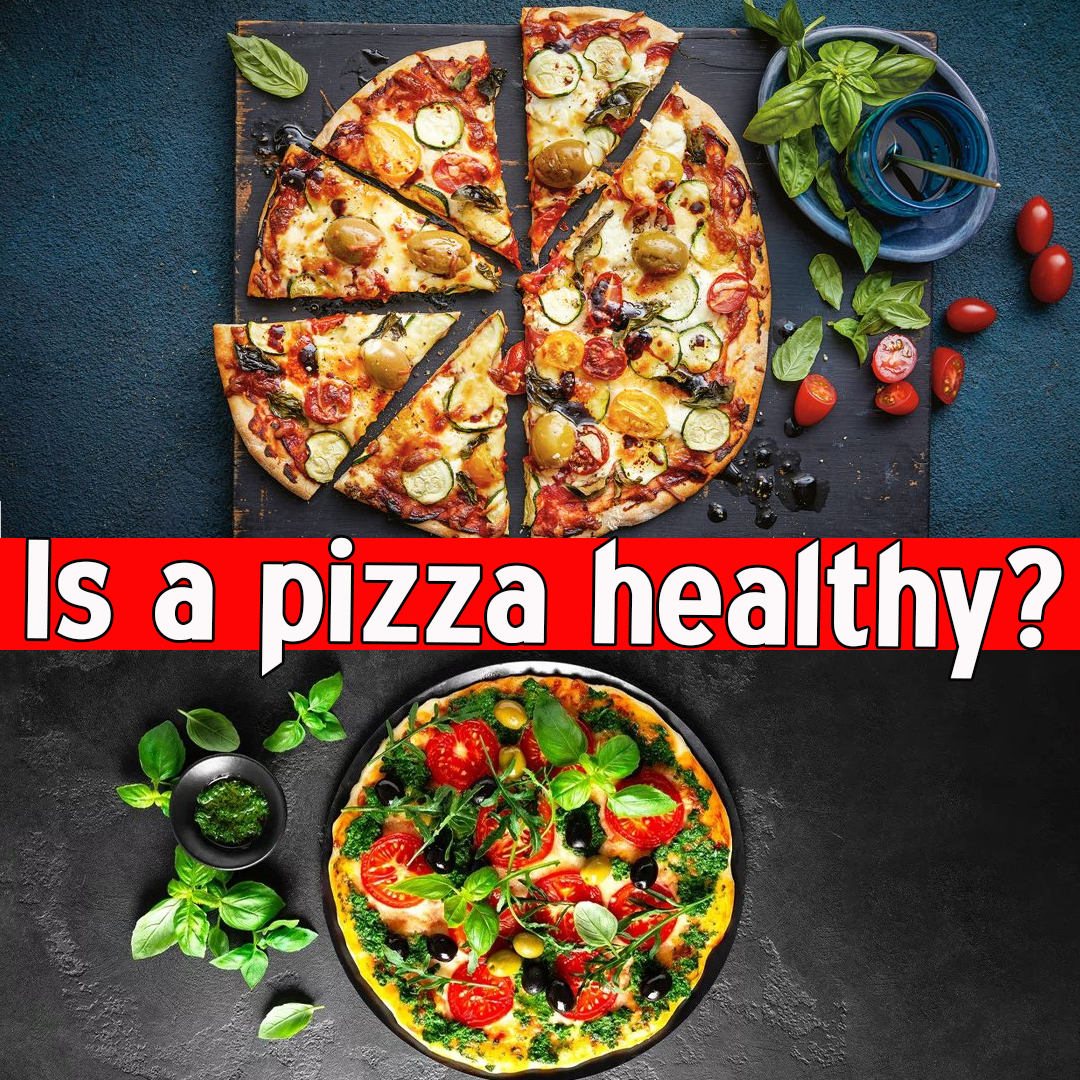What’s the Most Expensive Food in the World?

What’s the most expensive food in the world?
From gold-dusted desserts to rare caviar and mushrooms grown in secretive locations, the world of luxury cuisine is filled with ingredients that defy conventional pricing. While food is a necessity, for some, it’s also a symbol of prestige, exclusivity, and indulgence. In this in-depth exploration, we delve into the most expensive foods globally—examining what they are, where they come from, why they cost so much, and who actually eats them. What’s the most expensive food in the world?
Introduction to Luxury Foods
Food pricing is generally influenced by availability, demand, and the resources needed to produce it. When these factors are extreme—such as rare production methods, difficult harvesting conditions, or very limited supply—the prices skyrocket. These luxury foods are not just expensive because of their taste; they’re often expensive due to their rarity, heritage, and the painstaking methods required to produce them.
Top 10 Most Expensive Foods in the World (2025)
Let’s explore the most extravagantly priced foods, one bite at a time.
1. Almas Caviar – $25,000 per kilogram
Origin: Iran
Why it’s so expensive:
- Almas means “diamond” in Persian, and this caviar is harvested from albino beluga sturgeons over 100 years old, found in the Caspian Sea.
- The fish are incredibly rare, and the eggs are pearl-white, smooth, and delicately flavored.
- The caviar is packaged in 24-karat gold tins, further increasing its value.
Who eats it: Royalty, billionaires, and luxury food connoisseurs.
2. White Truffles – Up to $10,000 per pound
Origin: Italy (Alba and Piedmont regions), France, Slovenia
Why it’s so expensive:
- White truffles are extremely difficult to cultivate and can only be found in the wild, usually with the help of trained dogs or pigs.
- Their season is short, and they perish quickly.
- Their intense, aromatic flavor makes them prized by top chefs.
Luxury trivia: A single white truffle once sold at auction for over $300,000.
3. Saffron – $5,000 per pound
Origin: Iran, Kashmir, Spain
Why it’s so expensive:
- It takes 75,000 saffron crocus flowers to make just one pound of saffron.
- The flowers bloom only once a year, and the red stigmas must be harvested by hand.
- It’s highly prized for its flavor, color, and medicinal properties.
Culinary use: Paella, biryani, Persian rice, and exotic desserts.
4. Bluefin Tuna – Up to $3,600 per pound
Origin: Japan, Spain, U.S.
Why it’s so expensive:
- Bluefin tuna is prized in Japanese sushi markets for its rich, buttery flesh.
- They are overfished and take years to mature, adding to their rarity.
- In 2019, a single Bluefin Tuna sold for $3.1 million in Tokyo’s famous Toyosu Fish Market.
Note: Sustainability concerns surround the high consumption of Bluefin.
5. Yubari King Melon – $200 to $30,000 for a pair
Origin: Hokkaido, Japan
Why it’s so expensive:
- These melons are cultivated with extreme care, hand-pollinated, and individually pampered.
- Each melon is perfectly round with a smooth rind and sweet flesh.
- Often bought as status gifts or offerings during Japanese festivals.
Auction record: Two Yubari melons sold for $30,000 in 2019.
6. Kopi Luwak Coffee – $600 per pound
Origin: Indonesia, Philippines, Vietnam
Why it’s so expensive:
- Coffee beans are eaten and digested by the Asian palm civet, then collected from its feces.
- The process is believed to improve flavor by reducing acidity.
- The beans are cleaned, roasted, and brewed into one of the world’s rarest coffees.
Controversy: Ethical concerns arise from force-feeding and poor animal treatment in farms.
7. Bird’s Nest Soup – $3,000 per kilogram
Origin: China, Malaysia, Indonesia
Why it’s so expensive:
- Made from the hardened saliva of swiftlets, these nests are harvested from cave walls and cliffs.
- It’s considered a delicacy in Chinese cuisine, believed to offer health benefits like improved skin and immunity.
- Harvesting is dangerous and labor-intensive.
Luxury fact: Eaten mostly by the elite in traditional Chinese culture.
8. Pule Donkey Cheese – $1,000 per pound
Origin: Serbia (Zasavica Reserve)
Why it’s so expensive:
- Made from the milk of Balkan donkeys, which produce very little milk daily.
- It takes around 25 liters of milk to make just 1 kilogram of cheese.
- Extremely rare and labor-intensive to produce.
Who eats it: Ultra-wealthy gourmands and exclusive restaurants.
| Read more – Who owns KFC? |
9. Matsutake Mushrooms – $1,000 per pound
Origin: Japan, Korea, China, Canada
Why it’s so expensive:
- These pine mushrooms are rare due to invasive insects, deforestation, and seasonal constraints.
- They have a distinct spicy-aromatic scent and earthy flavor.
- Hard to cultivate and found only in select forests.
Used in: Japanese cuisine, soups, and rice dishes.
10. The Louis XIII Pizza – $12,000 (per pizza)
Origin: Italy (Salerno, Chef Renato Viola)
Why it’s so expensive:
- Topped with expensive ingredients like lobster from Norway, three types of caviar, buffalo mozzarella, and pink Australian salt.
- Served with Remy Martin Louis XIII cognac and vintage champagne.
- Made by a personal chef at your home with sommelier and butler service.
Ultimate luxury experience: Not just food, but a culinary performance.
Other Honorable Mentions
- Wagyu Beef (Japanese Kobe) – $300 to $600 per pound
- Foie Gras – $100 per pound (controversial due to animal rights concerns)
- Italian Aceto Balsamico Tradizionale (Traditional Balsamic Vinegar) – $200+ for aged bottles
- La Madeline au Truffe (by Knipschildt Chocolatier) – $250 per piece
- Golden Opulence Sundae (Serendipity 3, NYC) – $1,000 per serving
- Frrrozen Haute Chocolate – $25,000 (Guinness Record holder)
Why Are These Foods So Expensive?
Several common factors contribute to these sky-high prices:
1. Rarity
Many ingredients are naturally scarce (e.g., white truffles, albino caviar, donkey milk). Limited availability boosts demand.
2. Labor-Intensive Production
Foods like saffron and bird’s nest soup require extreme manual labor and delicate processing.
3. Exclusivity & Prestige
Luxury foods often carry status appeal. Many are associated with wealth, exclusivity, and tradition (like Japanese melons or Louis XIII pizza).
4. Geographic Constraints
Some items grow or are produced only in specific climates or regions, such as Yubari melons in Hokkaido or Matsutake mushrooms in Japan.
5. High Demand in Elite Circles
Restaurants with Michelin stars or celebrity chefs seek rare items for their menus, further boosting demand.
Who Buys These Foods?
The market for ultra-luxury food isn’t just limited to billionaires. Buyers include:
- High-end restaurants
- Luxury hotels and private clubs
- Collectors and food connoisseurs
- Royal families
- Celebrities and influencers
In Asia, especially in China and Japan, luxury food gifting is a long-standing tradition, often tied to business etiquette and honor.
Ethical and Environmental Concerns
The production of many luxury foods is often controversial:
- Animal welfare: Foie gras, civet coffee, and bird’s nest soup face backlash for animal cruelty.
- Sustainability: Overfishing (e.g., Bluefin tuna), deforestation, and resource-heavy farming methods put pressure on the environment.
- Fake products: The high price tags attract counterfeiters, especially in truffle oil and saffron markets.
Consumers and chefs are now slowly shifting toward more ethical luxury alternatives.
Future of Luxury Foods
With changing values, we might see:
- Sustainable luxury foods – like lab-grown caviar or cultivated foie gras.
- Plant-based alternatives – as substitutes for luxury meats and dairy.
- Eco-certification – to ensure traceability and ethical sourcing.
- Auction-style experiences – where food is valued as art.
Tech and innovation might redefine what the “most expensive” food of the future looks like.
Conclusion
While many of these foods are far beyond the average person’s budget, they represent a fascinating intersection of culture, rarity, craftsmanship, and indulgence. Whether it’s the delicate pearls of Almas caviar, the fragrant aroma of truffles, or a $12,000 pizza, these foods are more than just nourishment—they’re an experience, a luxury, and a statement.
Yet, as global consciousness around sustainability and ethics grows, the future of luxury food may not be just about price—but purpose, provenance, and principle.
Final Thought:
Would you spend $25,000 on a spoonful of caviar? Maybe not. But knowing the story behind the world’s most expensive foods offers a taste of history, culture, and the extreme lengths humans go to elevate a meal into a masterpiece.















Leave a Reply